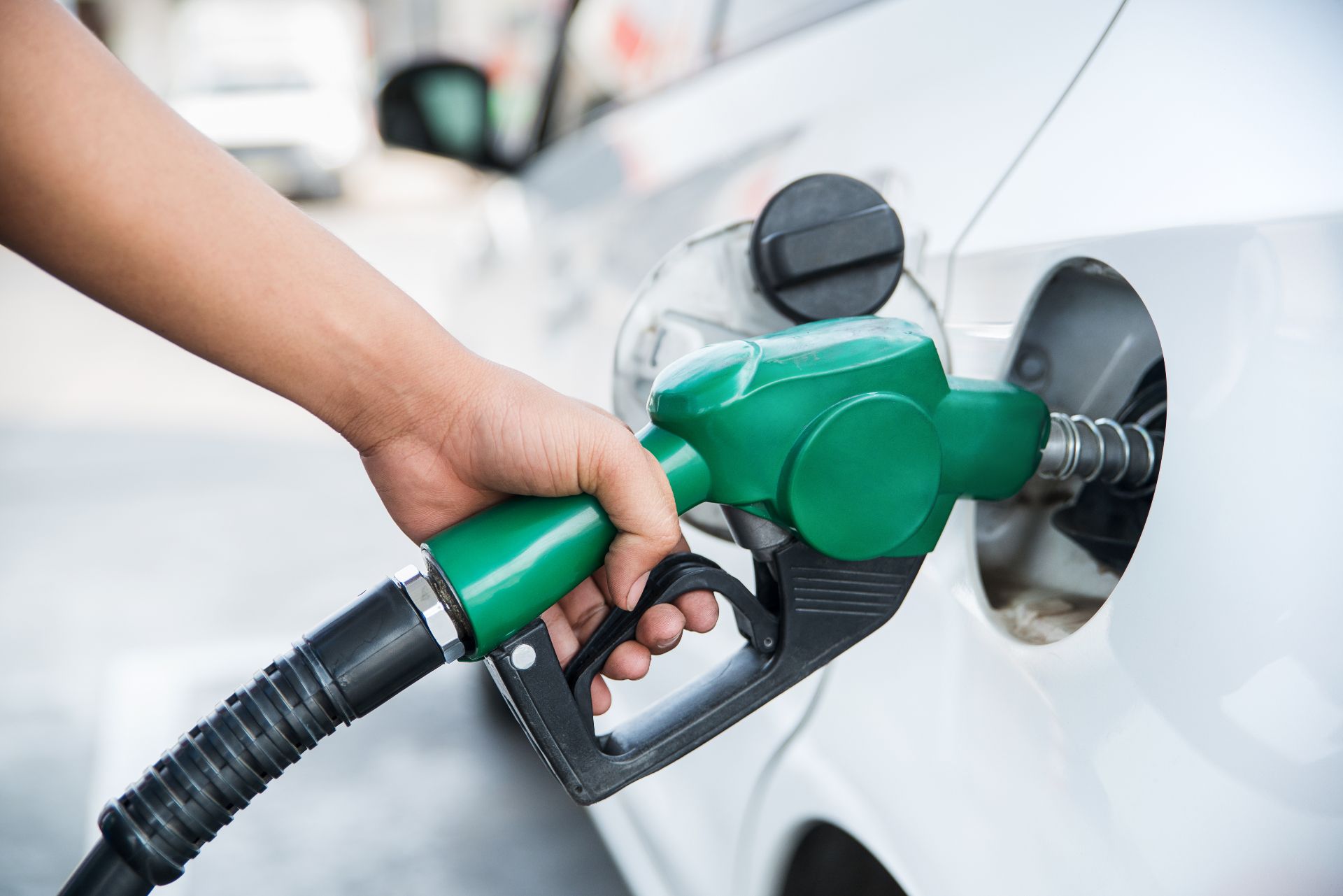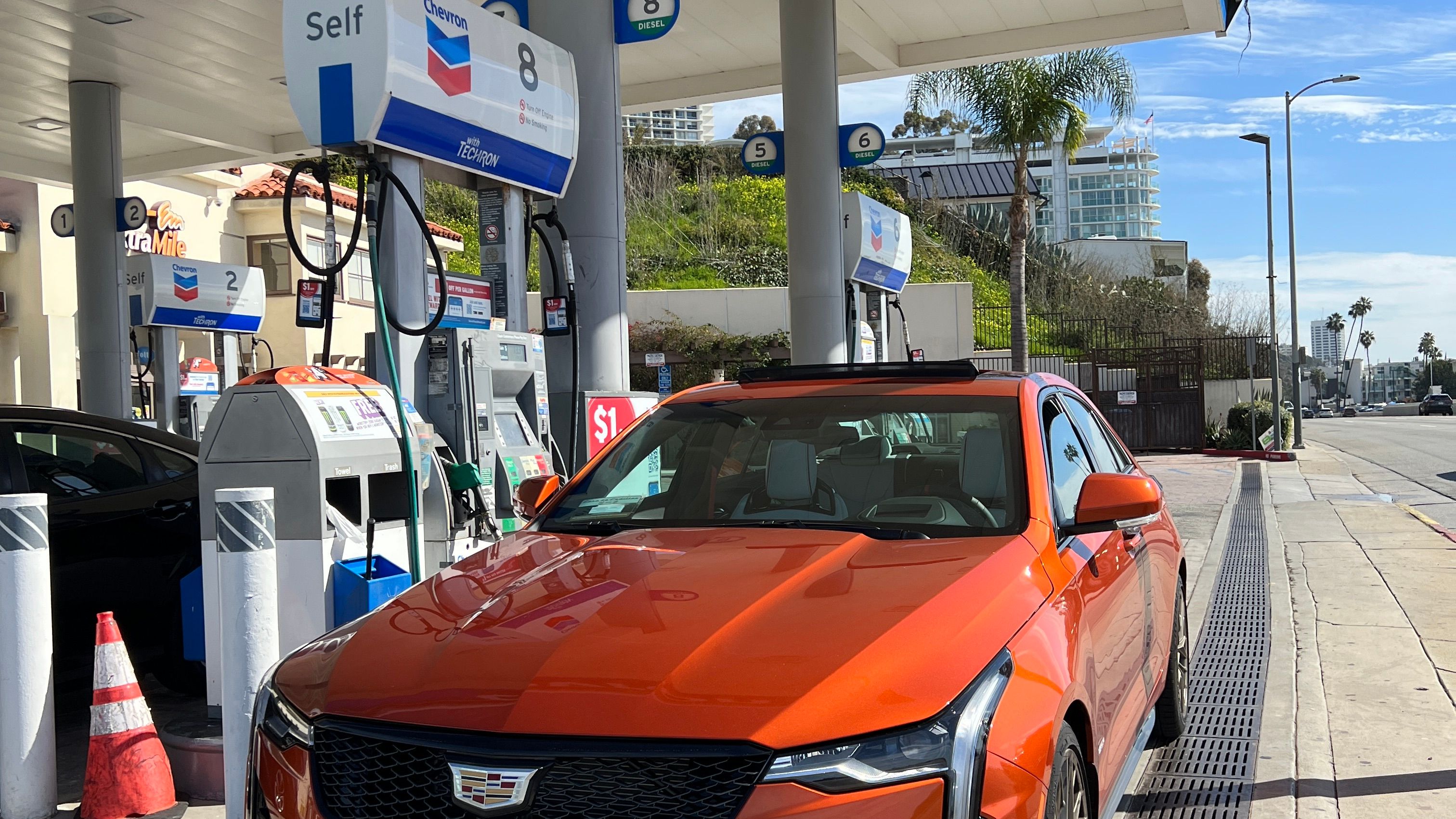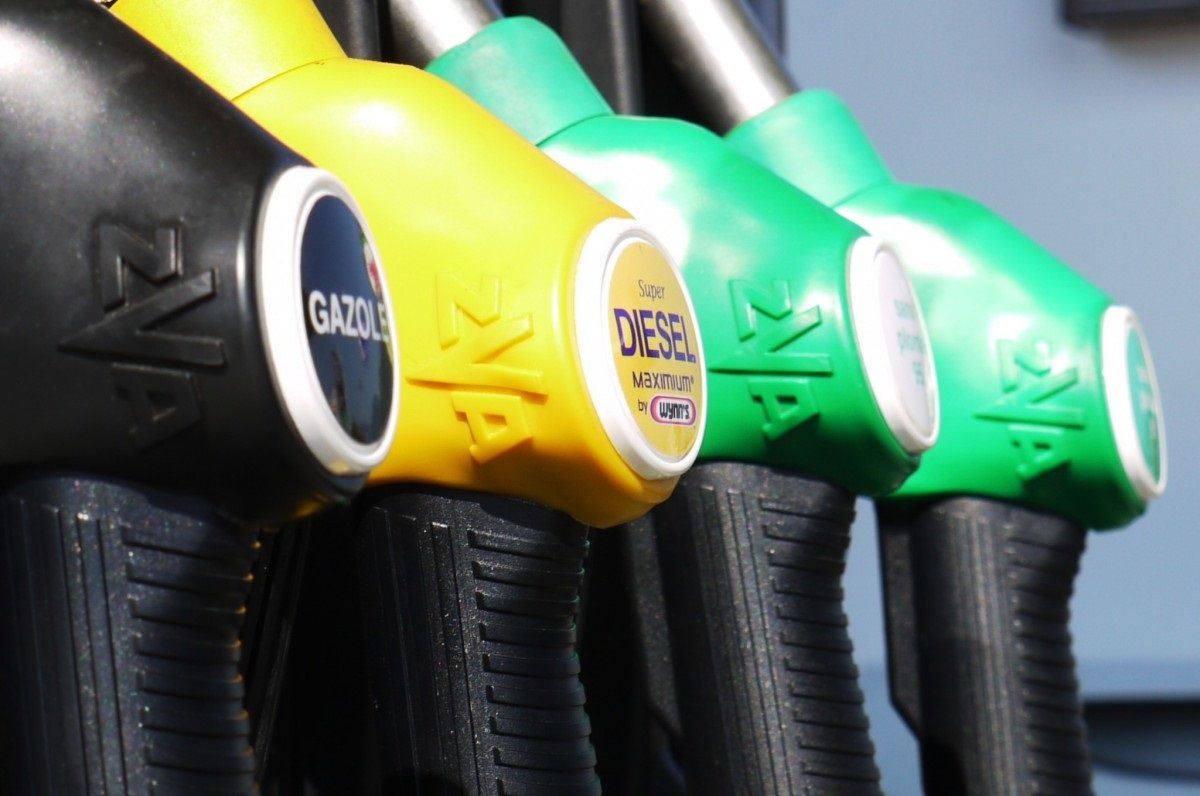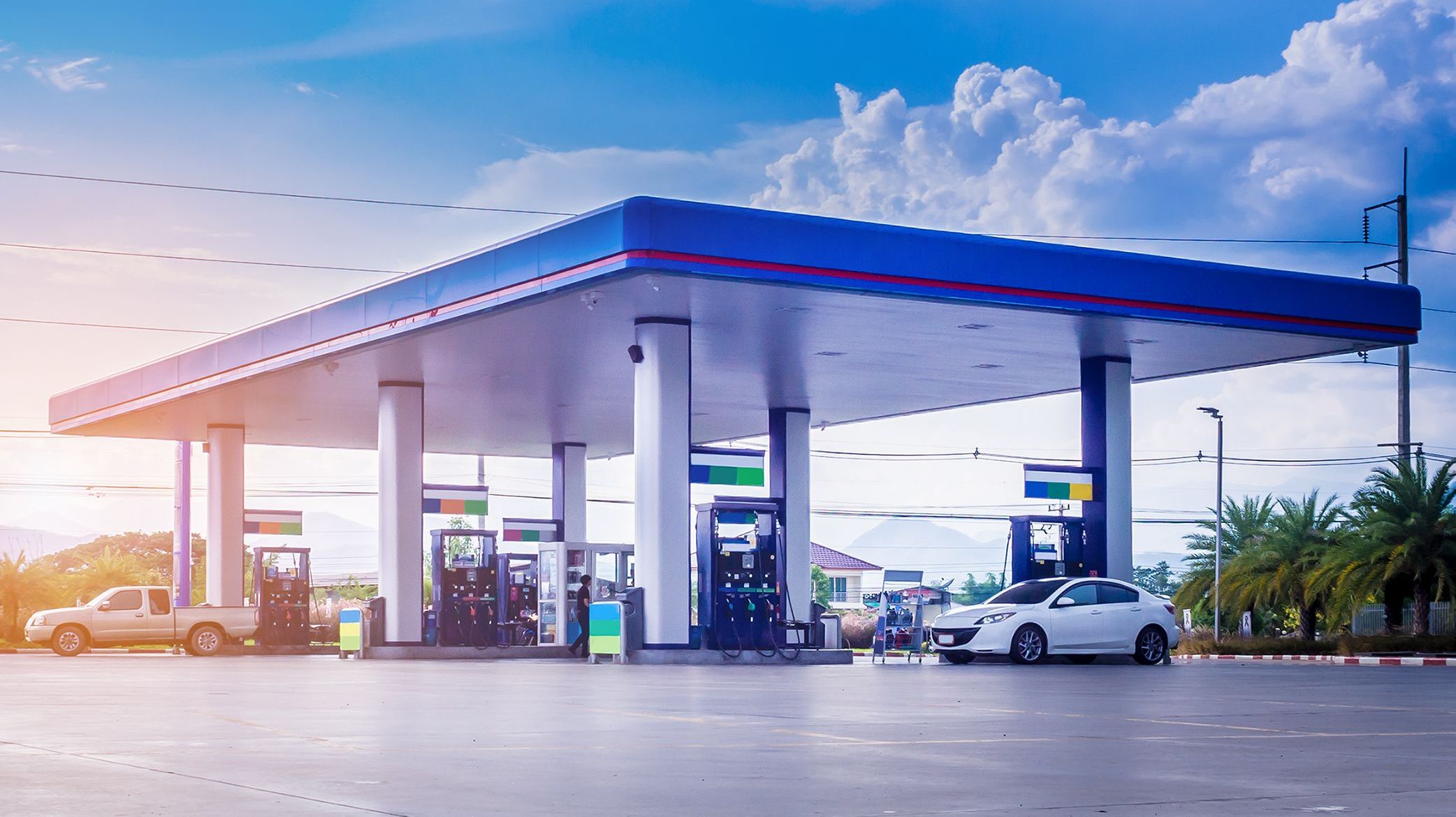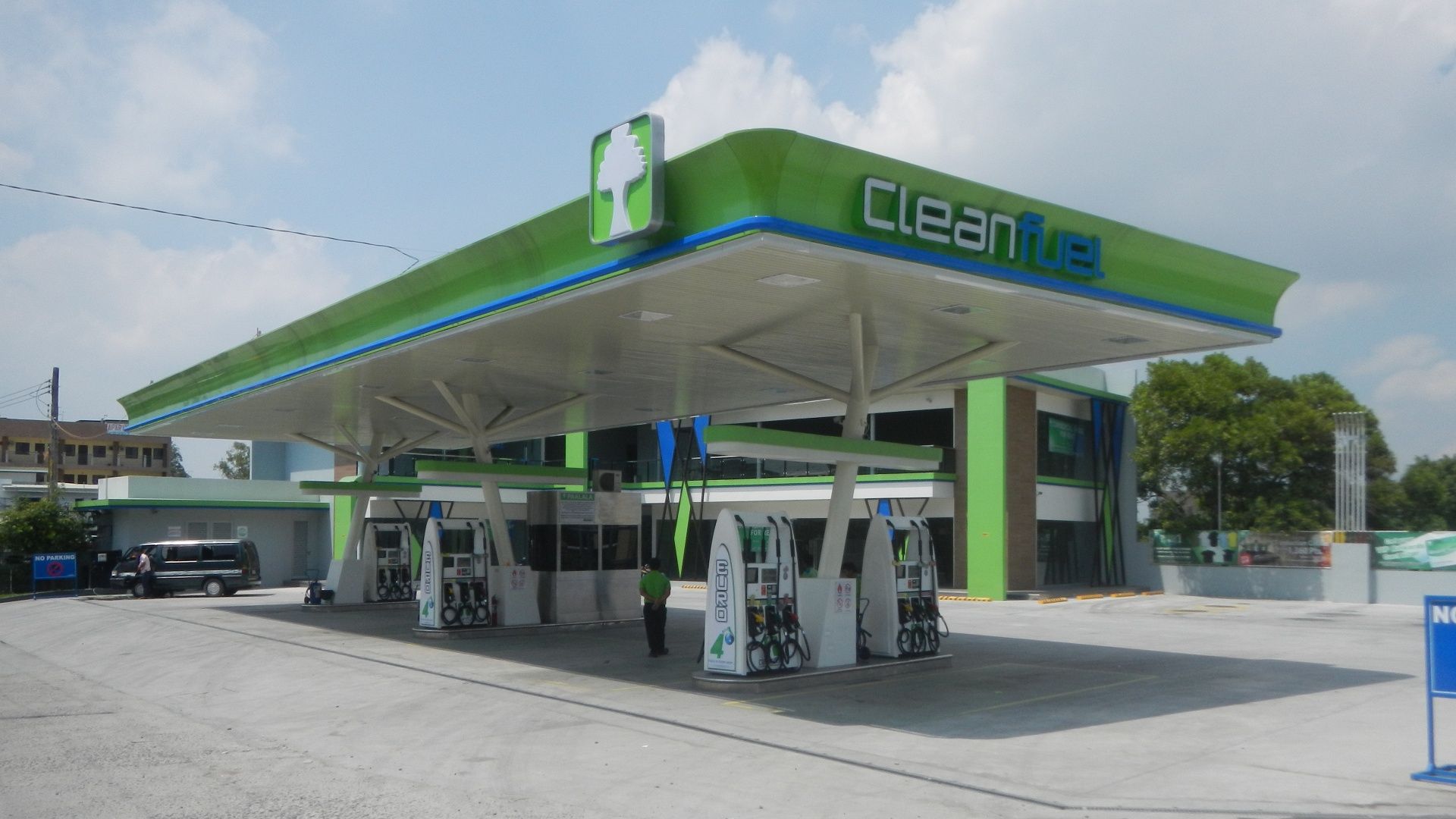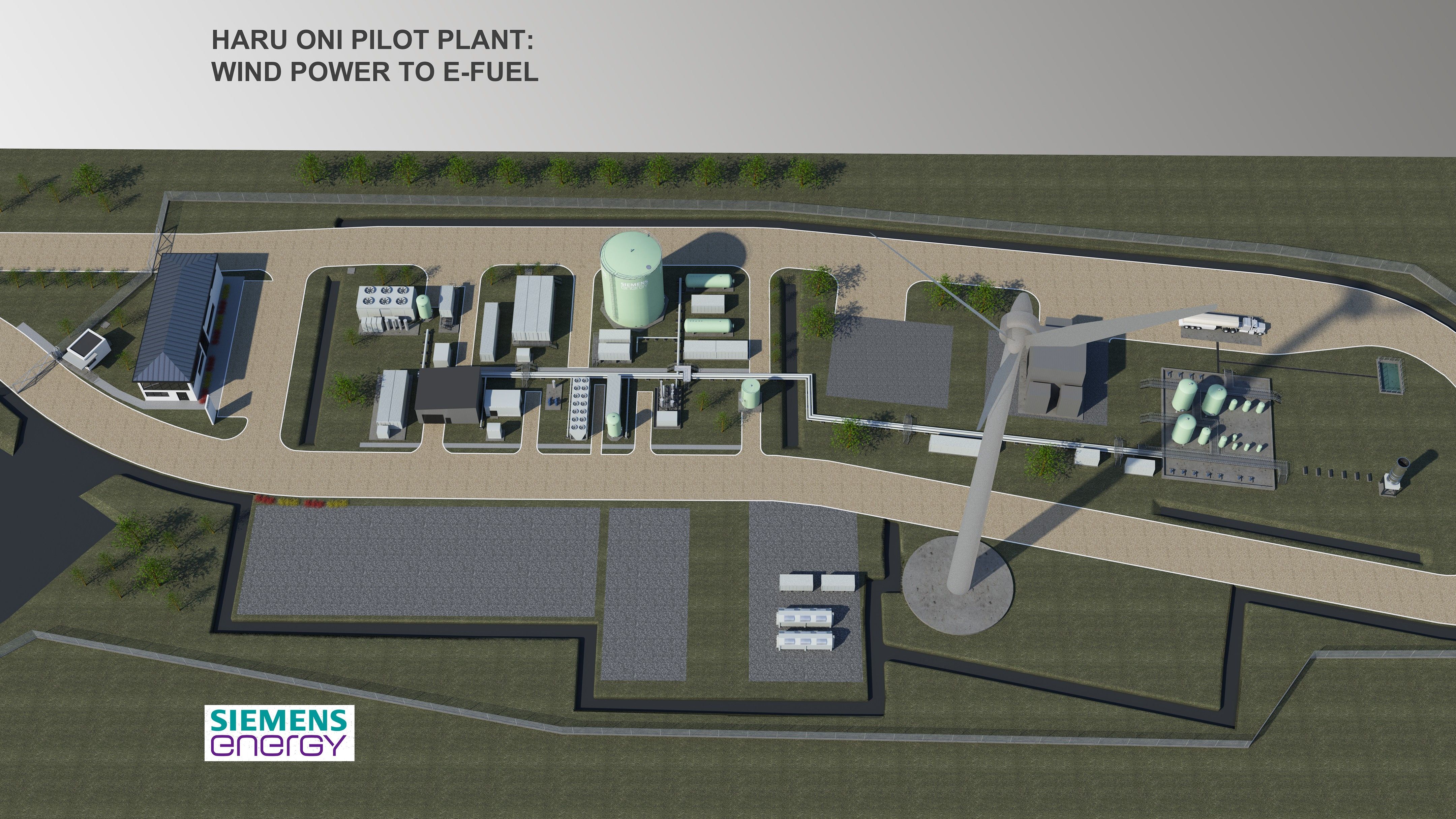Synthetic fuels, also called e-fuels, are man-made fuels produced in liquid or gaseous form by extracting carbon and oxygen extracted from renewable organic matter and the atmosphere. So any fuel that is not derived from naturally occurring crude oil can be classified as synthetic fuel. Therefore, unlike the fossil fuels that are found under the earth's crust in a finite amount, these synthetic fuels can be manufactured endlessly to fuel the world's growing energy demands.
The ability to drive ICE cars without having to worry about the stuff that’s coming out of the tail end is a dream all petrolheads share across the globe. The rapid rise of electric cars has exposed many of the shortcomings of this new-age technology such as the ongoing lithium and chip shortage, safe disposal of spent batteries, and more. With mounting pressure to find sustainable means of personal transport, including the push in solid-state batteries, it is clearer than ever, that the world could use an alternate power source to fuel personal mobility. So do Synthetic fuels or e-fuels hold the key to the future of automobiles or is it just a facade that's too good to be true?
10 Synthetic Fuels Can Be Manufactured Sustainably
Synthetic Fuels are fairly new and large-scale viability is yet to be tested, but in theory, synthetic fuels manufactured using renewable energy sources such as wind, solar, and hydropower can prove to be sustainable in the long run. The process of producing synthetic fuels using renewable resources is called Power-to-Liquid (PtL) or Power-to-Gas (PtG), which uses electricity gained from zero-emission sources such as wind and solar to convert carbon dioxide and water into synthetic fuels. This process involves the electrolysis of water to extract hydrogen which is then combined with carbon dioxide extracted from the atmosphere. The resulting concoction gives rise to liquid hydrocarbons such as methanol, which can be further processed into synthetic gasoline or diesel. As long as the electricity for the manufacturing process can be sourced from zero-emission sources, synthetic fuels can be truly carbon-neutral.
9 Synthetic Fuels Offer Energy Security
The ongoing conflict between Russia and Ukraine has proven the importance of energy security and reliability and for many regions worldwide, Synthetic fuels could be the answer to energy independence . Using renewable energy sources to produce synthetic fuels can significantly reduce their carbon footprint and make them a sustainable alternative to fossil fuels. It can also provide a way to store renewable energy in liquid form, which can be used for transportation or as a backup power source. Since the carbon dioxide used in this process can be captured from industrial processes or the atmosphere, it can also help governments regulate their net carbon helping, thus actively contributing to the reduction of greenhouse gas emissions.
8 Synthetic Fuels, AKA, E-Fuels Are Carbon-Neutral
The process of manufacturing synthetic fuels is complex and requires a fair few steps to achieve the end product, but well-designed manufacturing facilities can make synthetic fuels a totally carbon-neutral option. Unlike EV batteries which require the mining of finite resources like lithium, all the raw materials required for the production of synthetic fuels are sustainable and abundantly available. As long as the energy to run the manufacturing process is sourced from renewable sources like wind and solar instead of coal power stations, it is possible to achieve carbon neutrality.
This is why Porsche set up its e-fuel pilot plant in Punta Arenas in Chile and officially started operations on the 20th of December 2022. “Porsche is committed to a double-e path: e-mobility and e-fuels as a complementary technology. In the pilot phase, e-fuel production of around 130,000 liters per year is planned. According to Porsche, synthetic e-fuels are capable of reducing the CO2 emissions of existing internal combustion-powered vehicles by up to 85 percent. E-fuels emit fewer particulates and less nitrogen oxide than today’s pump gasoline, because they’re composed of only eight to 10 elements, whereas oil-based fuels contain 30 to 40 ingredients, much of which is burned and then released into the atmosphere as air pollution.
7 Synthetic Fuels Are Compatible With Existing Architecture
The terms 'Synthetic Fuel' and E-Fuel are pretty self-explanatory and are used to describe combustible fuels that are synthesized in liquid or gas form, unlike fossil fuels which are found in finite quantities below the earth's surface and have to be mined and refined for use. Scientists design synthetic fuel to be what they call a ‘drop-in’ fuel. That means drivers can use it to replace petrol without any modification to the engine. This means old and existing ICE vehicles will be able to run on this carbon-neutral fuel. In addition, e-fuels or synthetic fuels can also be transported and stored using the existing network of pipelines, tankers, and fuel stations with next to no modifications. These traits give Synthetic Fuels a big edge over EVs since liquefied synthetic fuel is lighter and much easier to transport across long distances and is perfect for applications where weight is a major factor which include applications like aviation and shipping among others.
6 Synthetic Fuels Have Lower Emissions Than Fossil Fuels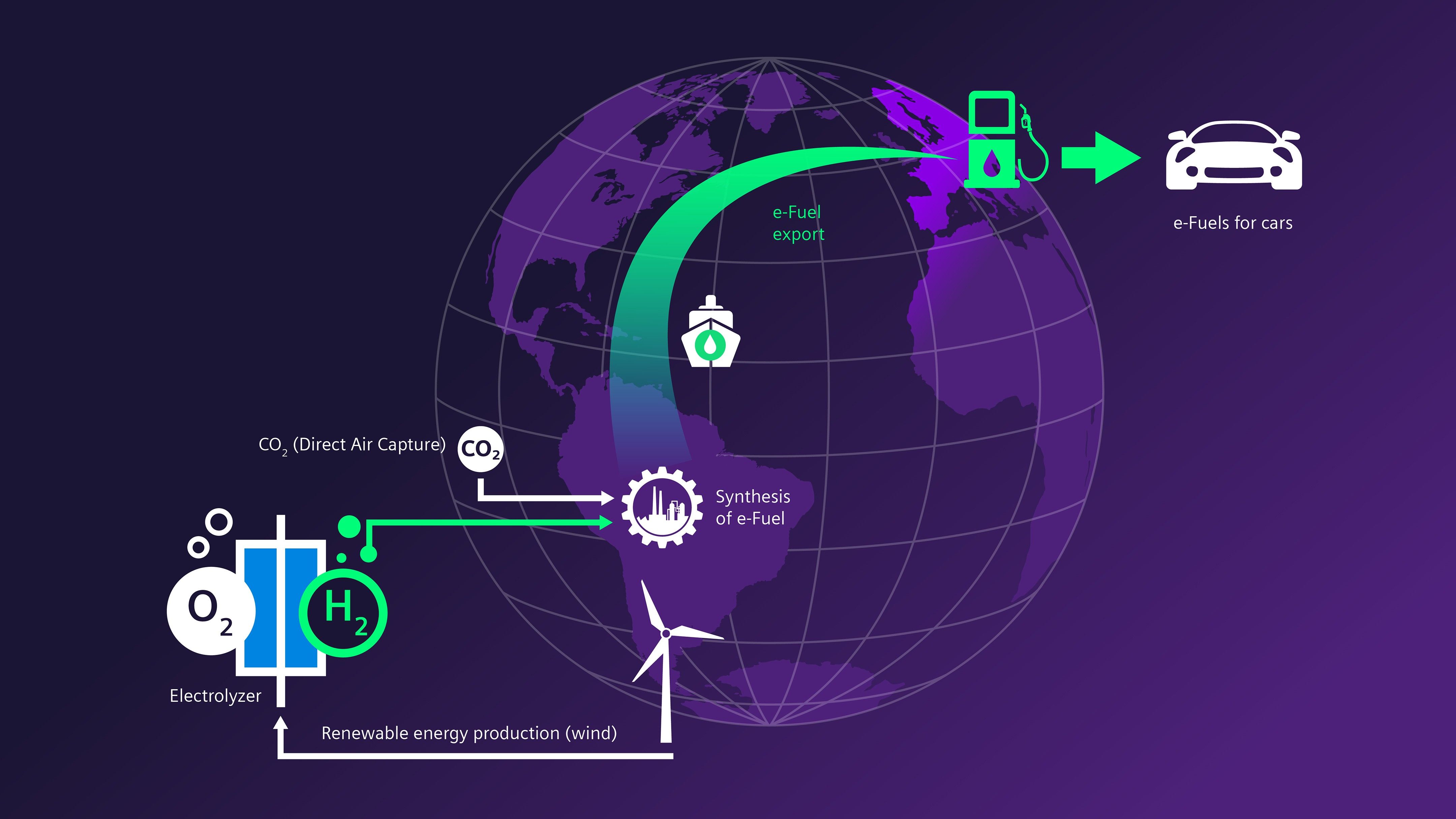
Synthetic fuels are not only sustainable to manufacture, but also have the potential to significantly reduce emissions, including greenhouse gas emissions, when compared to traditional gasoline or diesel fuels. Not only that, e-fuels can be used alongside EVs in the future, given how versatile and easily adaptable this fuel can be for most transportation applications. In a recent interview with Evo magazine, Porsche VP of Motorsport and GT cars, Dr. Frank Walliser, says that synthetic fuels, also called Fuels, can reduce the carbon dioxide emissions of existing ICE cars by as much as 85 percent. And, he says, when you account for the wheel-to-well impact of manufacturing the EV, it's a wash.
5 Synthetic Fuels Possess High Energy Density
One of the biggest hurdles facing Synthetic Fuels is their efficiency, which in this case refers to the amount of energy that actually makes it to the wheels of your vehicle. EVs have a huge advantage in this regard since they have fewer mechanical components and the transfer of energy is simpler, and in some cases, direct to the wheels. But batteries are heavy and that's not a good thing for performance. This is why the development of e-fuels alongside solid-state batteries for EVs is essential and many automakers are investing in e-fuel development. One such automaker is Porsche and according to it, Synthetic fuels will deliver an 85% reduction in carbon emissions, Dr. Frank Walliser, Porsche vice president of GT cars and motorsport, said at the launch of the 2022 Porsche 911 GT3. That will equal lower "well to wheels" emissions than an electric car, once emissions related to manufacturing are factored in, he said.
4 Synthetic Fuels Can Give Engines A New Lease On Life
For us petrolheads, there are Motorsports like Formula 1, which is all about that power-to-weight ratio. The Aston Martin Aramco Cognizant Formula 1 Team recently announced that its engineers and chemists will focus on the production of ultra-efficient hybrid internal combustion engines and advanced fuels, including low carbon synthetic or E-Fuels, for deployment in motorsport. In addition to Motorsports, Synthetic fuels could give classic car ownership a new meaning. Owners would then be able to run their classic ICE vehicles well after the ban on fossil fuels takes effect. “Seventy percent of the cars we have ever built are still on the road,” Porsche CEO Oliver Blume told Hagerty in December, “and for many years to come there will be cars powered by combustion engines.”
3 Synthetic Fuels Can Be The Next Cheap Fuel
Once the infrastructure for the production of Fossil Fuels is in place and scaled up to meet the outgoing demand e-fuels can be transported using the existing infrastructure which includes pipelines, tankers, and storage facilities in the form of a well-established network of petrol pumps. The U.S. alone has a total of 115,000 gas stations which is a huge advantage when overall costs are taken into account. By contrast, the EV charging network is still developing, and even the existing network continues to suffer from compatibility issues and technical issues. EV charging units, either public or intended for domestic use, both require plenty of microchips which also stands as a major issue at a time when of global chip shortage. So all things considered, Synthetic Fuel's ability to exploit the fairly low-tech and well-established infrastructure can potentially make it cheaper and more dependable in the long run.
2 Synthetic Fuels Can Be Utilized For Energy Storage
Production of clean energy is one thing but storing all the energy has been a major challenge on its own. Batteries are the most commonly used storage solutions but current lithium-ion batteries are large, and heavy, and turn out to be very expensive on a large scale. So using Synthetic Fuel as an energy storage solution starts making a lot of sense. This involves Converting excess wind and solar power into synthetic natural gas. This gas is then stored and can be later used to power generators and other machinery on days with less sun and wind. The EU-funded ElectroGas project developed innovative technology based on electrolysis to convert electricity from wind and solar power into synthetic natural gas that's stored for future use, which is highly efficient and environmentally friendly.
1 Synthetic Fuels can be produced in a wide range of conditions
Unlike fossil fuels which are found in very few regions and in finite quantities, Synthetic Fuels or e-fuels can be manufactured in a variety of conditions. This means no need to set up costly oil rigs drilling into the ocean floor, instead, this could be an opportunity to turn barren regions into e-fuel manufacturing facilities. Places like deserts and semi-aired areas which are too harsh for cultivation can be used to set up Synthetic fuel manufacturing facilities powered by solar and wind power, two resources that are in abundance in such regions. This makes it a secure and reliable source of energy.



